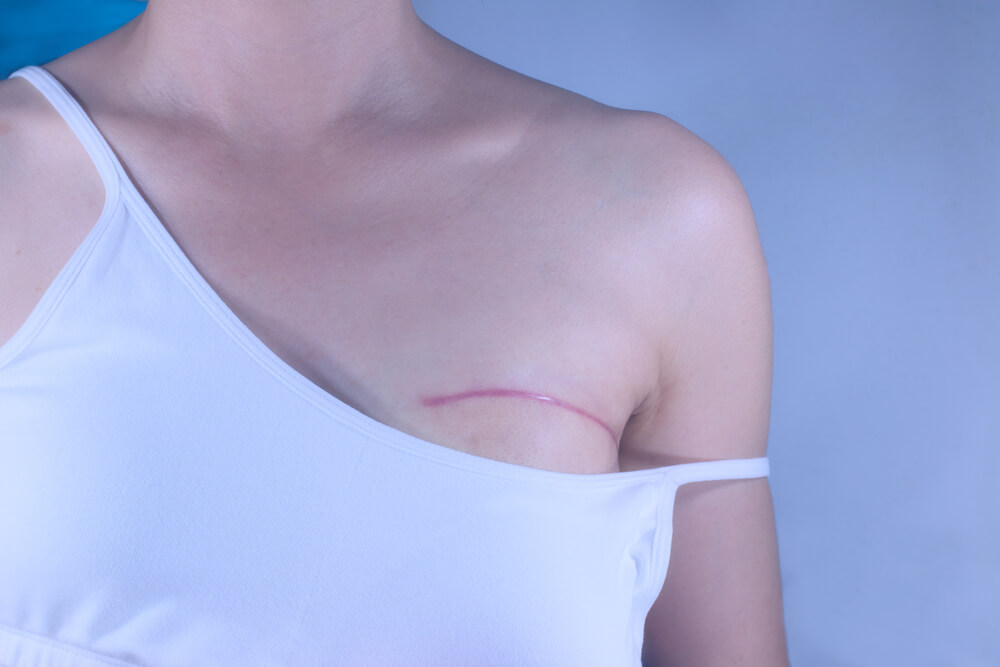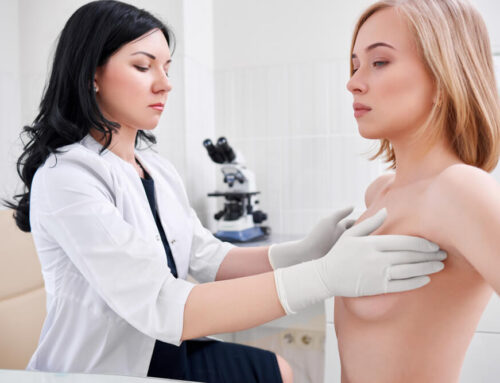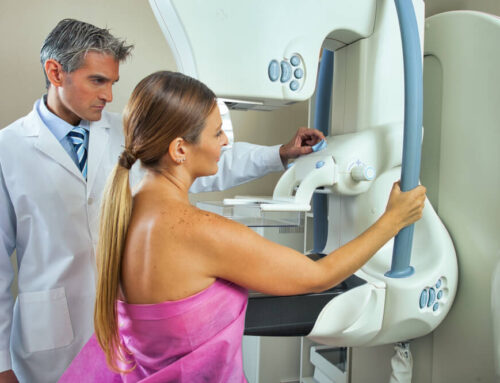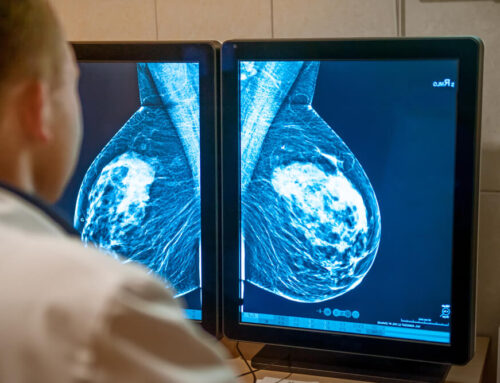Mastectomy is a surgical procedure that removes tissue from one or both breasts to treat or prevent breast cancer. It can be the best option if cancer has spread to the surrounding tissues or lymph nodes.
Mastectomy aftercare depends on the patient’s overall health, the type of operation done, and tumor size.
This article explores the different types of surgeries that we can perform for treating or preventing breast cancer. It also provides some mastectomy recovery tips to help your healing process and discusses at-home care months after a mastectomy.
Types of Mastectomy
Let’s explore the types of mastectomy patients can opt for before exploring some mastectomy aftercare tips:
- Total (simple) mastectomy: During this procedure, the doctor will remove the entire breast. We do not remove the muscles under the breasts or the lymph nodes.
- Double mastectomy: During this procedure, we remove both breasts as a preventive measure if the patient has a high risk of developing breast cancer.
- Radical mastectomy: This procedure removes the breast, underarm lymph nodes, and chest wall muscles.
- Modified radical mastectomy: The entire breast is removed as well as the underarm lymph nodes, but we leave the chest wall muscles in place.

Total Vs. Double Mastectomy
Total mastectomy is the most common form of surgery that patients opt for. It is suitable for preventing breast cancer and women with large areas of ductal carcinoma in situ (DCIS).
However, the number of women who opt for a double mastectomy has increased. Those who undergo a double mastectomy have a great risk for complications such as postoperative infections or chronic post-mastectomy pain.
That said, we recommend seeing a doctor right away if you experience any of the following symptoms:
- Persistent swelling in your arm or hand
- Bleeding from the surgical site
- Redness and swelling around your incision.
- Shortness of breath.
- Chest pain.
- Pus coming out from the incision
Mastectomy Recovery Tips
This section focuses on single and double mastectomy recovery tips, as both surgeries require the same aftercare to speed up the healing process.
Tip #1: Prepare Your Supplies Beforehand
After a mastectomy, your movements and range of motion are limited, as you may notice that you are unable to lift your arms above your head. We recommend preparing your home supplies before undergoing the surgical procedure – for example, you can put the items you frequently use within easy reach.
You can also sleep on a comfortable chair during your post-mastectomy recovery process, as sleeping flat can be uncomfortable.
Other single and double mastectomy recovery tips include the following:
- Using a shower seat and a detachable showerhead to help you while showering.
- Taking note of any medications you are taking
- Writing down questions for your follow-up appointment
- Wearing tops with buttons
Tip #2: Asking For Help
Don’t hesitate to ask your family and friends for help during the post-mastectomy recovery period. They can help you with:
- Household chores.
- Meal preparations.
- Childcare duties.
- Errands.
Make sure to keep your cell phone next to you, so you can call someone if you need help.
Tip #3: Take Your Medications
We recommend our patients take pain medications after a mastectomy procedure. It is important to follow your doctor’s instructions and take the pills as prescribed to ease the pain.
We often prescribe Vicodin for moderate pain, but it is important to notify your medical professional of any drug allergies or reactions.
Vicodin is a narcotic, and people should not take it with alcoholic drinks, and they should also avoid driving. These types of drugs can cause constipation, so it is best to drink more water and eat high-fiber food, such as prunes and bran.
You can also use a pillbox that comes with different sections for every day of the week, so you do not skip any doses. If you do not have one, you can also write down when you should take your medication.
Tip #4: Exercising Your Arms and Shoulders
Exercising your arms and shoulders may be helpful to prevent stiffness during your post-mastectomy recovery period. Your doctor may show the exercises you can do, which affect the side where you had your surgery.
You can start these exercises the day after your mastectomy procedure, but some activities may not be suitable until the surgeon removes the drains. The doctor or nurse should also give you written, illustrated instructions to avoid difficulty following them.
Tip #5: Caring for a Surgical Drain
The fifth tip that we would like to share that should form part of your mastectomy aftercare process is caring for a surgical drain.
If there is a drain in your breasts or arms, your doctor may remove it before you leave the clinic. Sometimes, you may have to keep it on for 1-2 weeks until your first follow-up visit. However, we show our patients how they should care for a drain if they leave the clinic with an inserted drain, as they have to empty the fluid a few times during the day.
Tip #6: Avoiding Strenuous Activity
You should avoid strenuous activity such as heavy lifting if you have undergone a mastectomy. Therefore, the doctor can help determine which exercises are suitable for you.
Some people return to work within three to six weeks, but this depends on the patient’s health condition, type of work, and personal preferences. That said, people should confirm when it is the best time to return to work with their doctor.
Now that we have covered some mastectomy recovery tips that you can follow, we can move on to the next section: At-home care months after a mastectomy.
At-Home Care Months After a Mastectomy

What about at-home care months after a mastectomy?
After the surgical procedure, the body continues to adjust to the surgery’s effect. As a result, it is common for patients to have phantom sensations or phantom pain months after a mastectomy.
The surgery causes the nerves to regrow, and as a result, you may feel a crawly sensation, or your skin may be itchy or sensitive to touch. These symptoms can disappear on their own, but we may also recommend some drugs that can ease the pain, such as acetaminophen or ibuprofen.
In addition, patients should continue exercising their arms, and they may also experience fatigue.
Book Your Appointment Today
Mastectomy is a procedure that involves removing breast tissue as a way to treat or prevent breast cancer.
At Breast Care Center Miami, we perform different types of mastectomy, and patients can take weeks to recover from surgery. However, this depends on various factors, such as their overall health and cancer stage.
In this article, we provided some tips that can help with your healing process. If you want to learn more about mastectomy and what you can do post-surgery, give us a call today to book your appointment.
Our team looks forward to meeting you!






